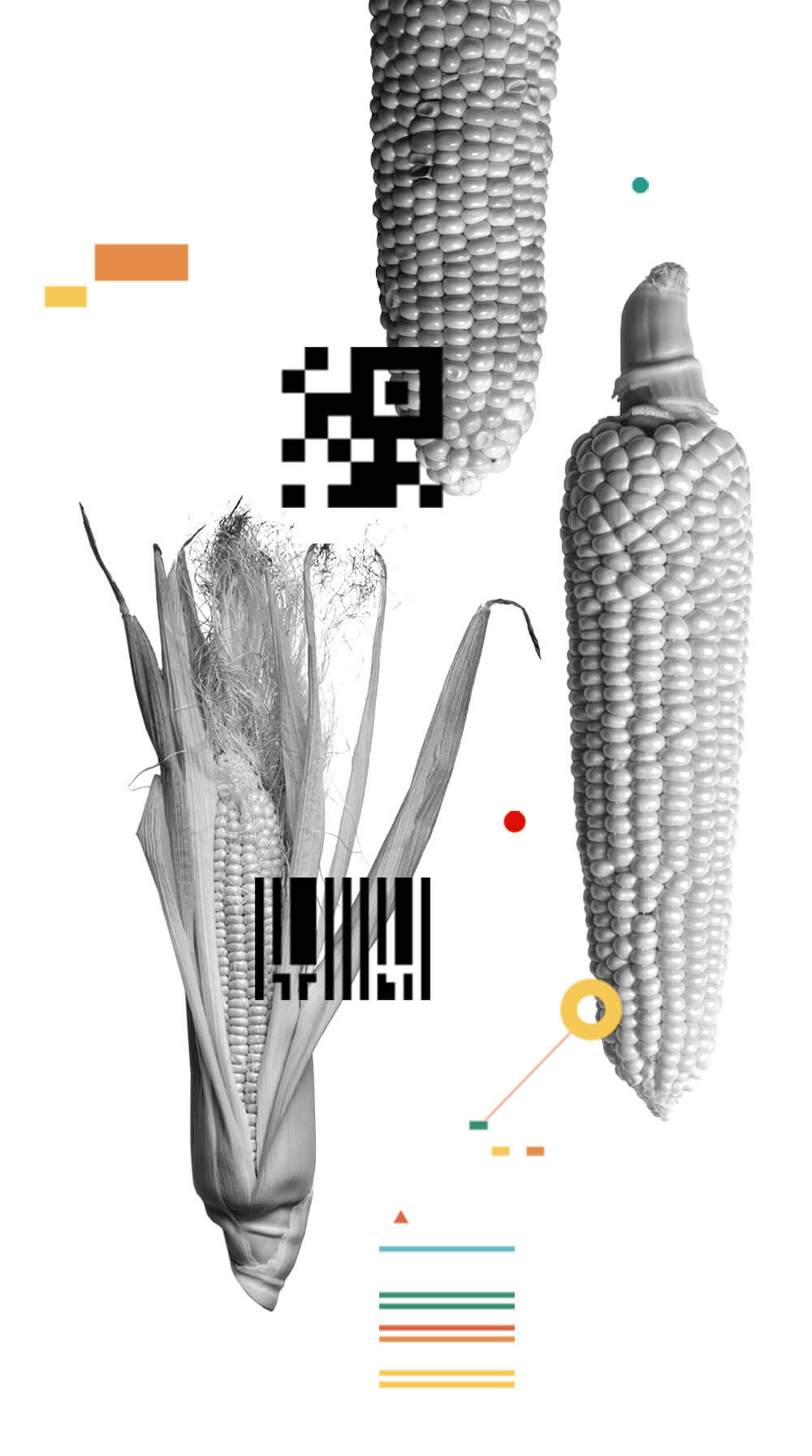
Farmers need to get ready to apply new tracking measures in 2026, designed to help reduce the incidence of foodborne illnesses.
Consumers are signaling a need to know where their food comes from, with nearly three-quarters of people saying that it’s extremely important to them, according to research published in June 2023 by Purdue University.
Each year, around 48 million people in the US get sick, 128,000 people are hospitalized and 3,000 people die from diseases that originate in the food they eat.
In this context, the US government is making changes to food supply chains with the introduction of the Food Traceability Final Rule – an attempt to remove contaminated food from the market and cut down on foodborne illnesses.
The rule affects high-risk foods including some fresh fruit and vegetables, shell eggs, fresh produce, finfish and crustaceans, and ready-to-eat deli salads. It must be complied with by January 20, 2026, and the measures are set to be updated every five years.
Three main features of the rule will apply to farmers:
One
Critical Tracking Events (CTEs) – such as harvesting, cooling, initial packing, shipping and receiving food – will need to be recorded with specific Key Data Elements (KDEs), to be provided to the US Food and Drug Administration (FDA) within 24 hours
Two
All food that comes under this remit must have a traceability lot code to uniquely identify it when it’s initially packed, received from a fishing vessel or transformed
Three
This must all be included in a traceability plan. The plan covers a description of how the food is identified, how lot codes are applied and a farm map for farmers that grow or raise food.
These features will enable the FDA to make linkages across the supply chain. In the case of a disease outbreak, it can go directly to source to stop the illness and hopefully save lives.

The plan should also include the procedures around how records – original or electronic – are maintained, and a point of contact for queries about the system. People who manufacture, process, pack or hold foods will need to provide KDEs to supply chain partners. Producers will likely need to supply more data going forward, experts predict, to adapt to both regulations and consumer demands. Increasingly, consumers will be able to ‘meet’ their farmers, to learn about their land and their practices.
“After the final ruling in November 2023, farmers will have a little over two years to ensure their operations are ready to comply with this mandate,” commented Joseph Balagtas, Professor of Agricultural Economics at Purdue University’s College of Agriculture.
“In 2024, it will be important for these groups to spend time understanding the rule and begin to get systems into place that allow them to track these CTEs. This rule will require data to be available in ways that have never been required before.”
Steps to take in 2024
Raja Ramachandran, CEO of California-based food supply chain platform ripe.io, shares advice to help farmers prepare for the new rules.
1. Educate yourself
Find out if any exemptions apply to your situation under 21 Code of Federal Regulations part 112.4, which specifies farms and produce that are exempt. If you’re part of an industry co-op or association, reach out to find out what educational resources they can provide.
2. Is your produce on the Food Traceability List?
Dairy, monocrop commodities (rice, wheat, barley, corn, soy, rapeseed, sorghum) as well as pork, beef, poultry and oils aren’t included, while a lot of fresh fruit and vegetables are.
3. Develop your traceability plan
Map key or critical tracking events (seeding, harvesting, packaging, etc). Match the GS1 codes that define these events to ensure compatibility with companies in the supply chain. Define Key Data Elements or descriptors of the produce/process.
Other organizations provide supply chain services for food traceability, including IBM’s Food Trust, Utah-based Fusionware, Washington-based Transparent Path and Wholechain in Michigan, among others.



